Spotify Wrapped and its impact on music consumption — for better or worse
A student listens to their favorite playlist on the app, Spotify.
January 11, 2023
The release of popular streaming platform Spotify’s annual ‘Wrapped’ service is arguably one of the most exciting times of year for music fans. While Apple Music and ‘scrobble’ tracker Last.fm offer similar reports year-round, the way that Wrapped is presented is truly where the appeal of it lies. The social aspect of it is ever-present — Instagram stories, Twitter posts, and TikTok videos gleam with excitement (or disappointment) over one’s annual listening habits. Indeed, Wrapped and similar reports have greatly changed how people view their own music consumption; finding out what genres one favors or how much they listen to their favorite artists puts the year into perspective for many. However, there is an element of self-consciousness that is seen in discussions about these reports, which is worsened by the fact that music is a deeply personal interest for most.
The idea of individuality in regards to music is something that many view as being quite important. This is not necessarily a negative aspect of music listening; having something that is special to oneself can be a source of happiness. However, there is often a sort of ‘obscurity-competition’ that can become a cause of friction. This can manifest in, for instance, a person playing certain songs for days on end to achieve certain results on their Wrapped, or only listening to certain kinds of music on the app. Such a superficial culture surrounding music defeats the ethos behind Spotify’s Wrapped and services like it. This can stem from baseless, pretentious stigma around labels such as ‘pop-music,’ or a desire for one’s report to be seen as more refined or interesting. Unfortunately, such a pretentiousness can corrupt the intention behind fun and interesting services such as Spotify Wrapped.
Ultimately, however, it is clear that Wrapped provides a significant source of community. It can stimulate conversation around different types of music and allow people to discover new artists that they otherwise may not have heard of. Spotify Wrapped and similar services allow music fans of all kinds to discuss their favorite (and least favorite) artists and songs, as well as what sort of music they hope to discover.
The fun and colorful way that Wrapped is presented provides an accessible way of communicating for dialogue about music, and, more fundamentally, forms of artistic expression. Thus, it can be an invaluable way of connecting with one’s community. Indeed, this connection is not specific to Spotify Wrapped in particular; it is found in any medium that fosters this sharing of interests with one’s community and the world.

![Prom king Colin Napier and queen Leah Hopkins dance the night away during the Golden Gala on April 26th. Prior to the prom, the Student Government must make many preparations over the course of months in order to ensure it goes off without a hitch. However, their work eventually pays off when it comes time for the dance. “We set up [the prom] the day before, and it’s horrible. We’re there for a very long time, and then we get our beauty sleep, and then we get ready for prom the next day,” Aubrie Sandifer said.](https://oviedojournalism.com/wp-content/uploads/2025/05/Oviedo-197-800x1200.jpg)
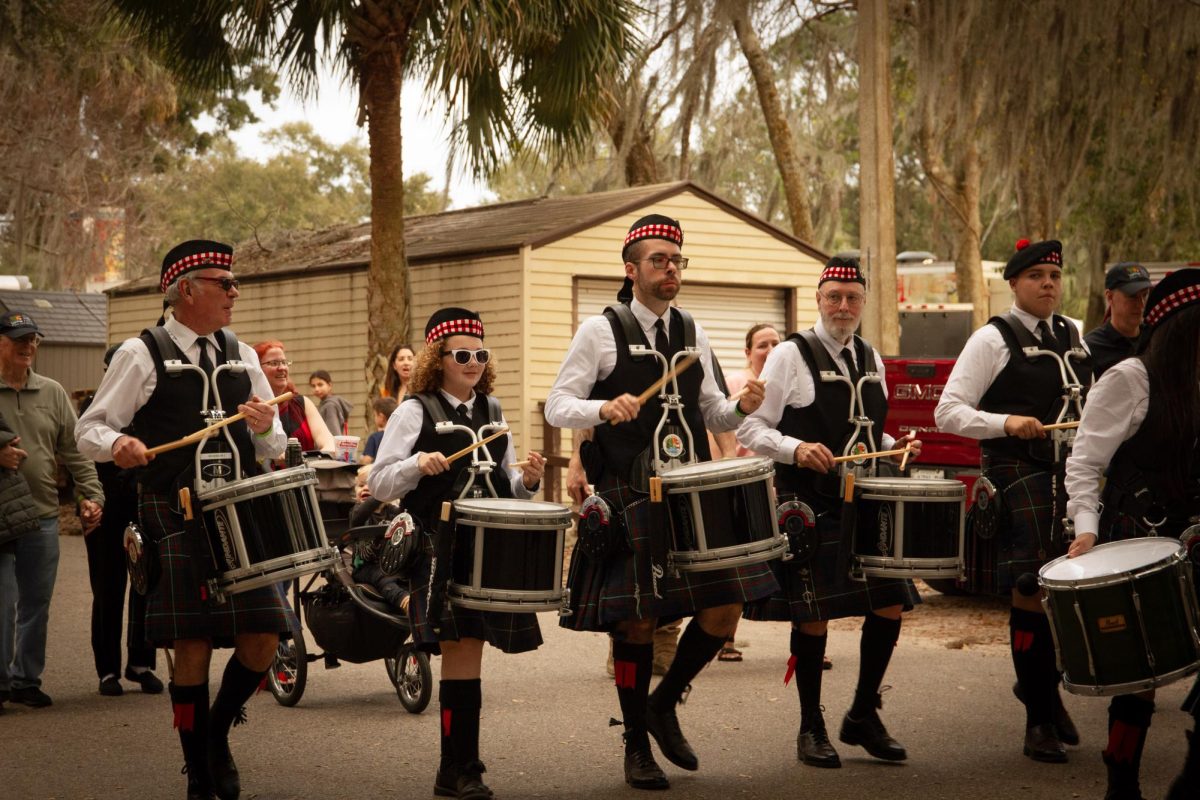
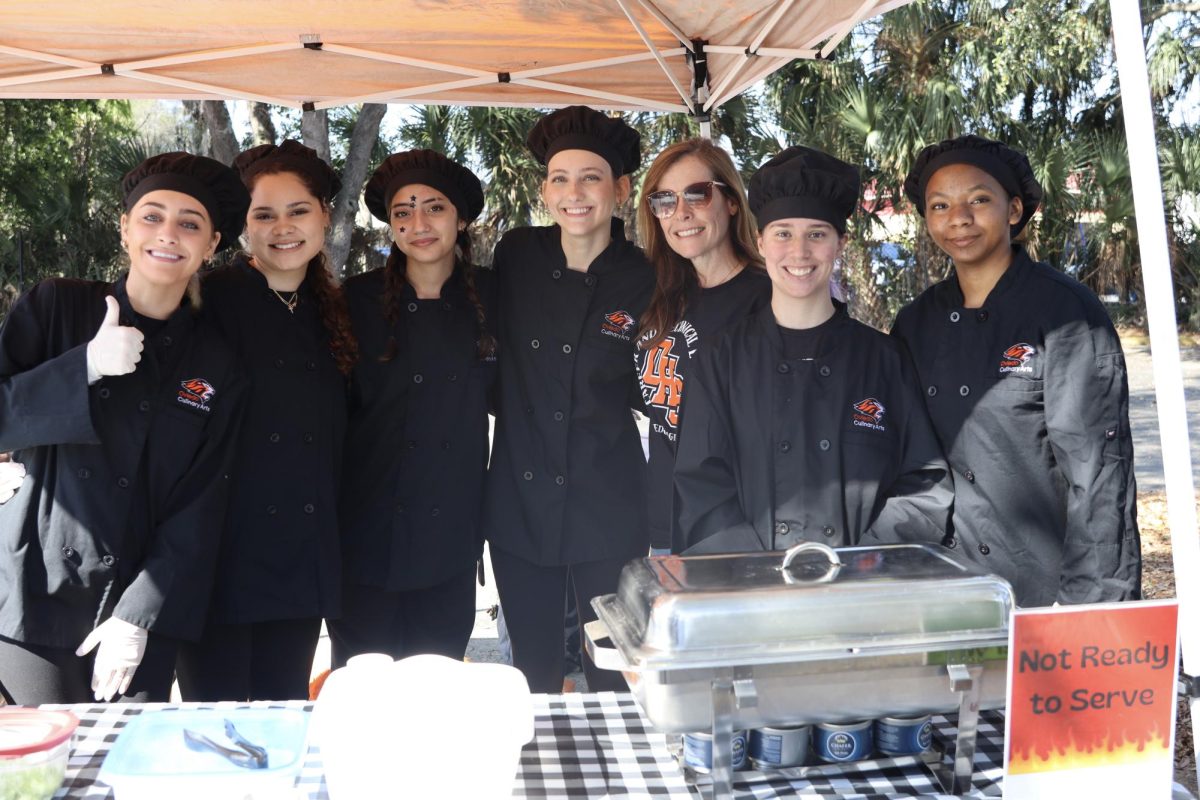
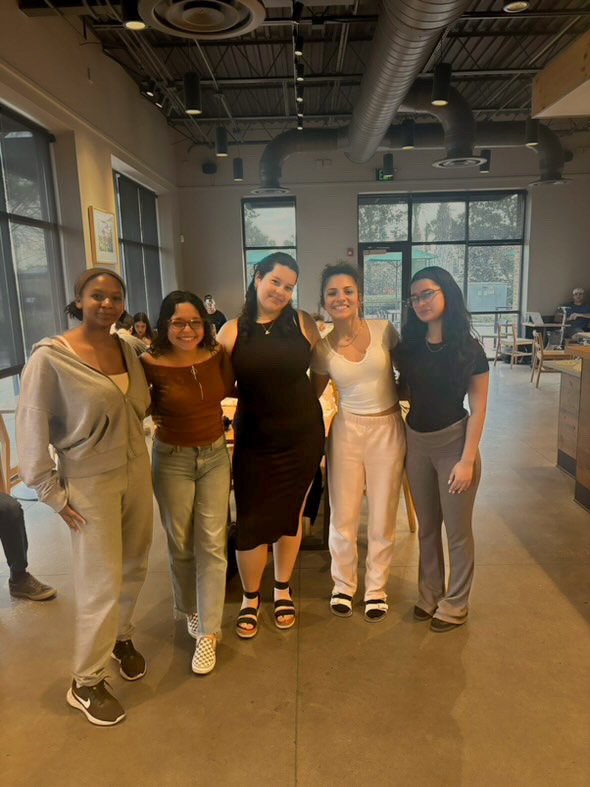



![Hopkins at Honor Grad with golf coach John McKernan. As Hopkins’ golf coach for the last two years he has seen Hopkins’ growth as a player and person along with their contributions to the team. “[Hopkins] has just been really helpful since I took [the golf team] over, just anything I wanted to do I ran by [Hopkins],” said McKernan.](https://oviedojournalism.com/wp-content/uploads/2025/05/B66A7760-800x1200.jpg)
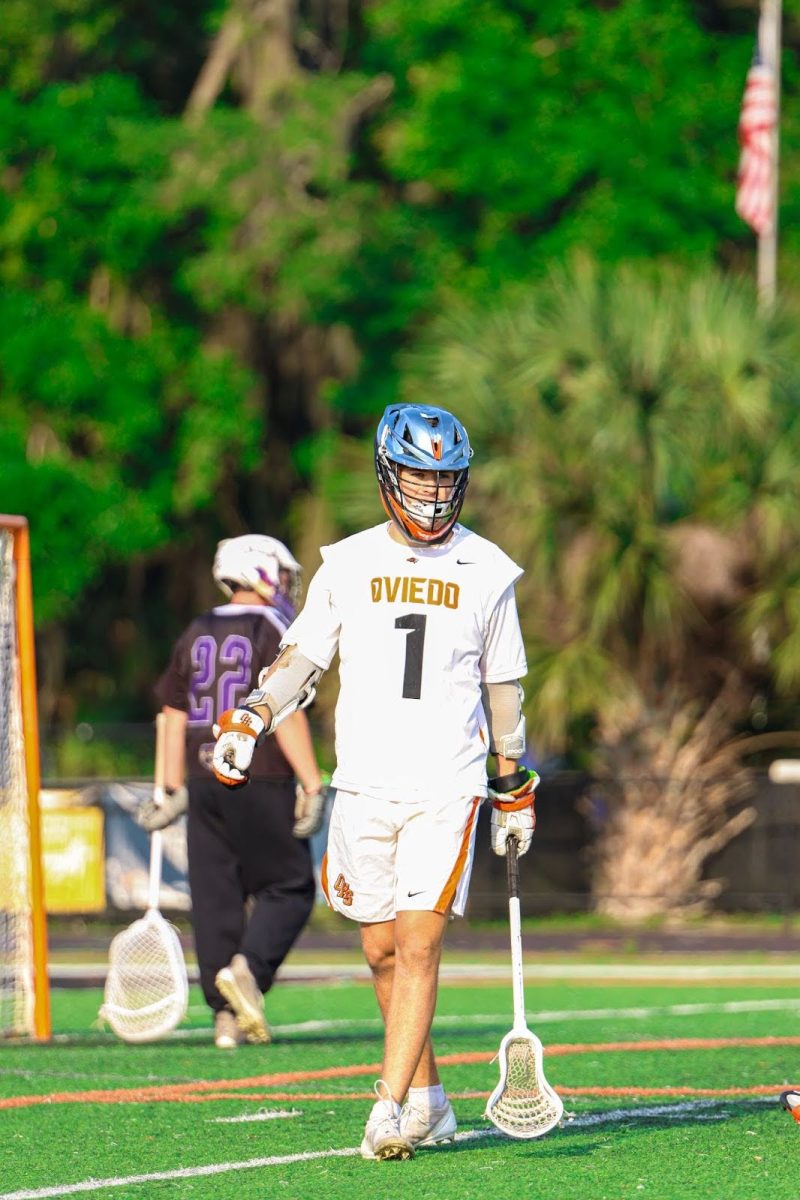
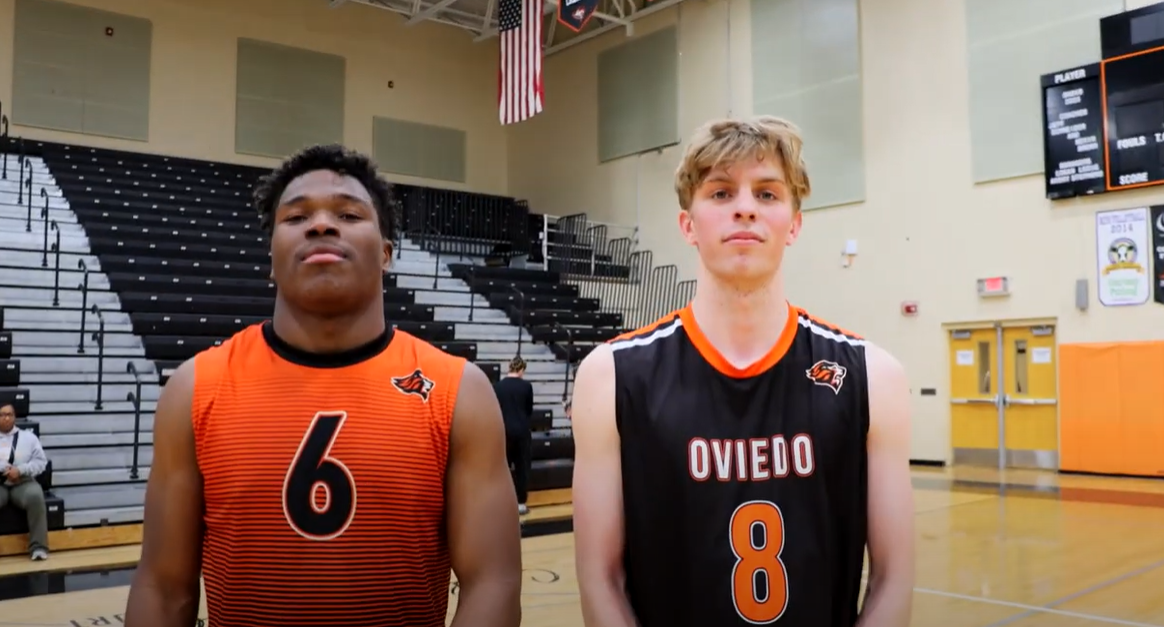
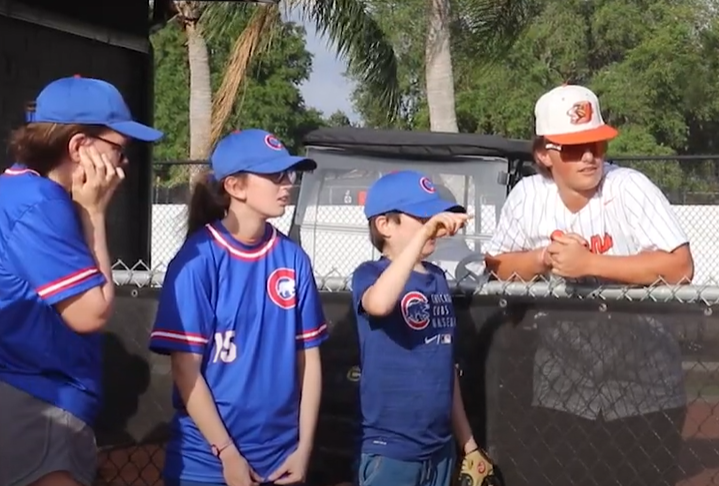
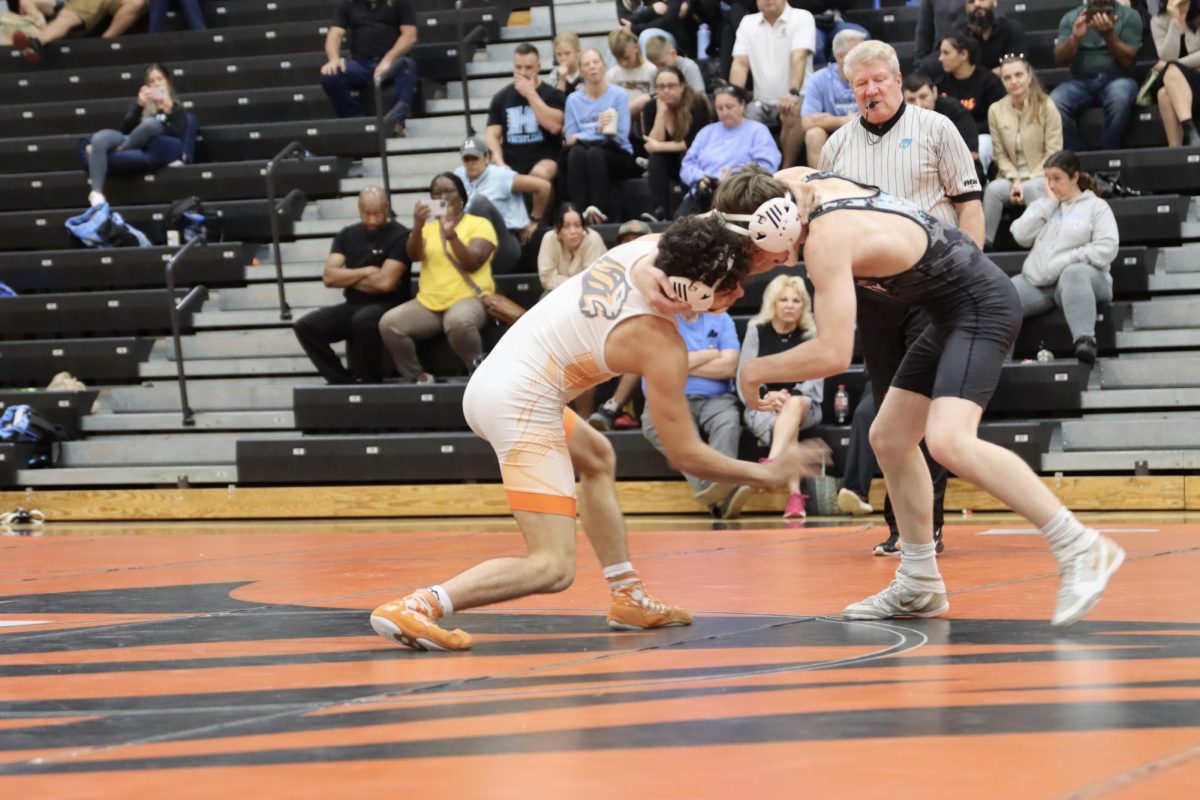


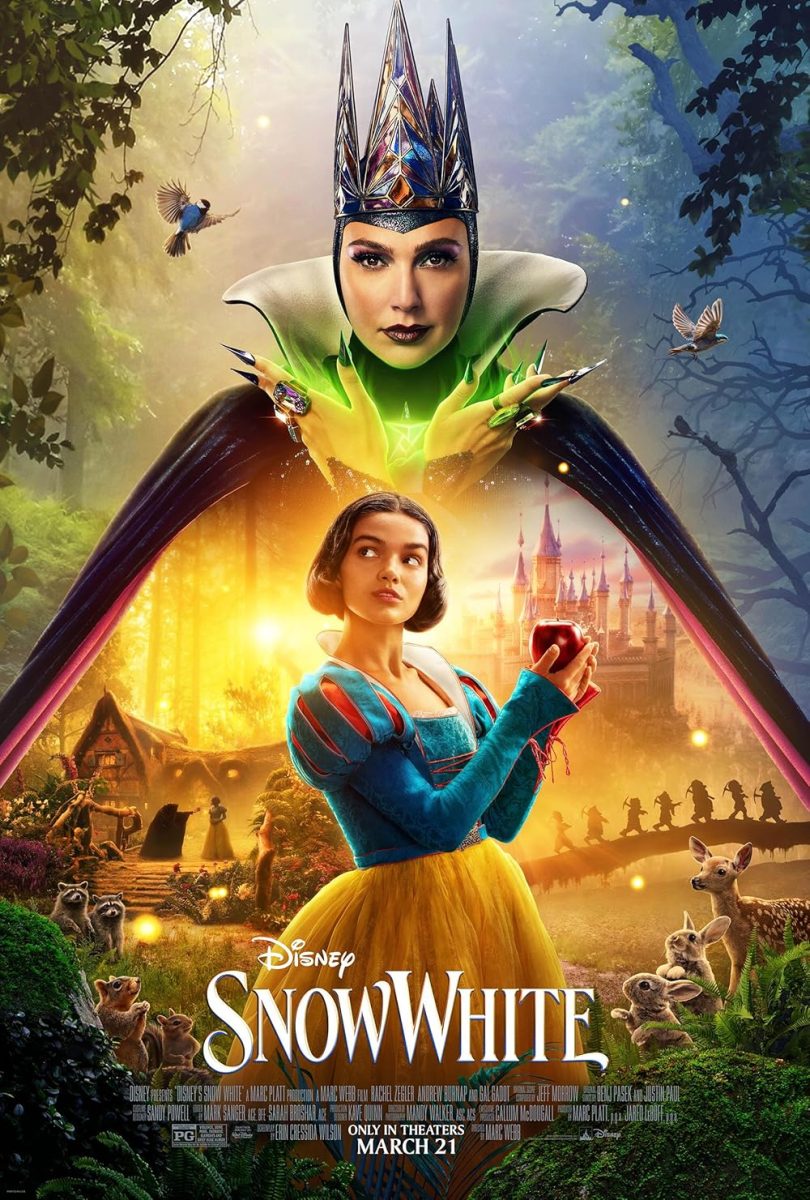





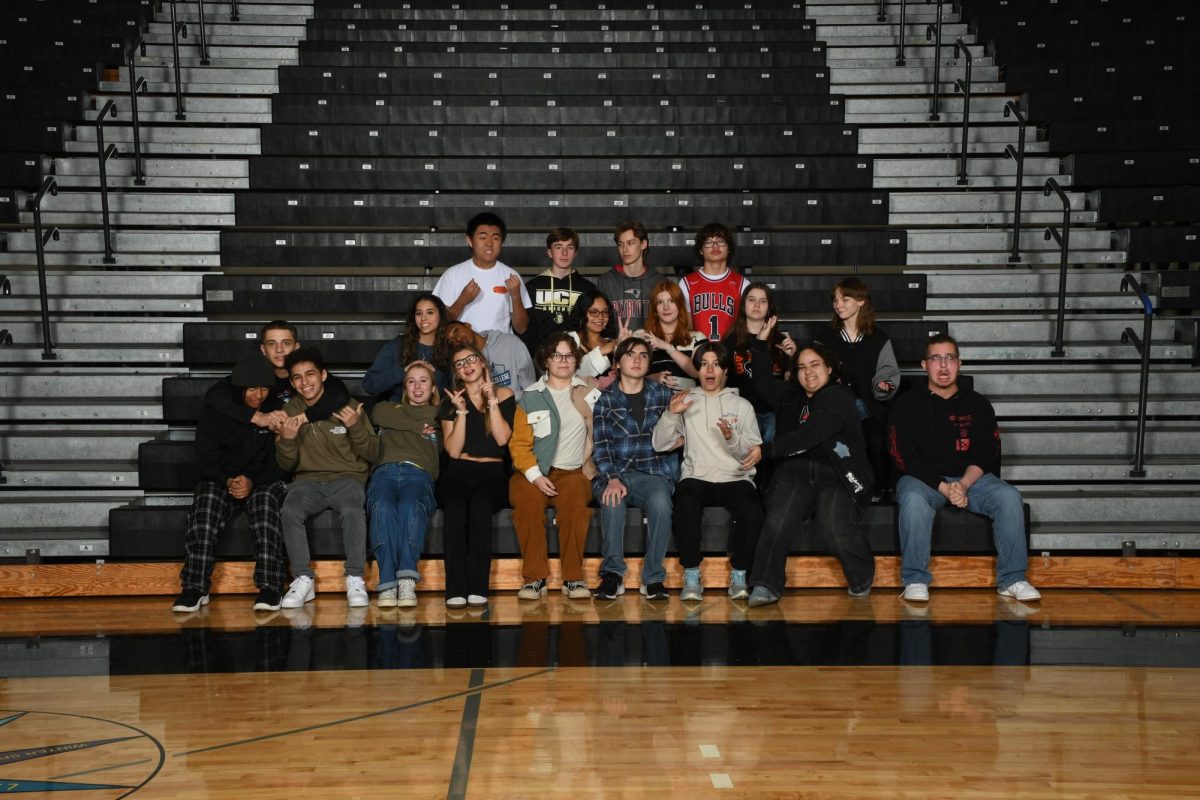
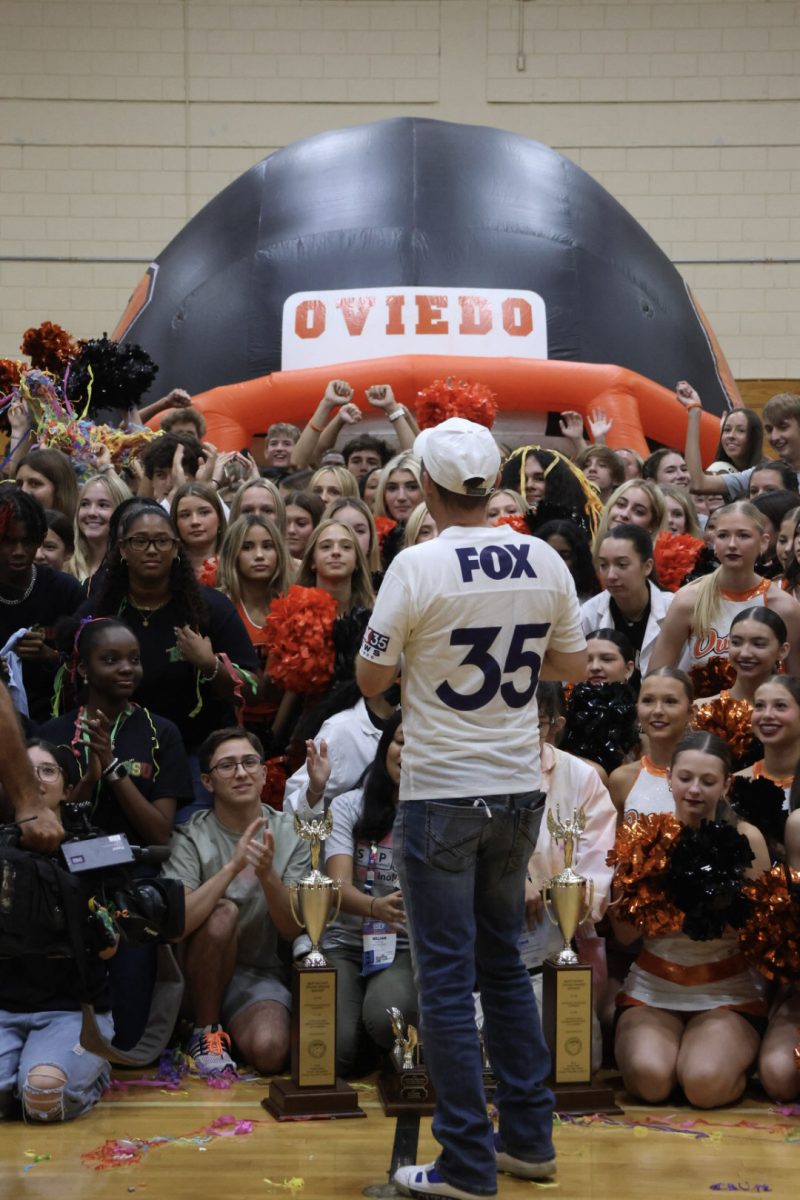
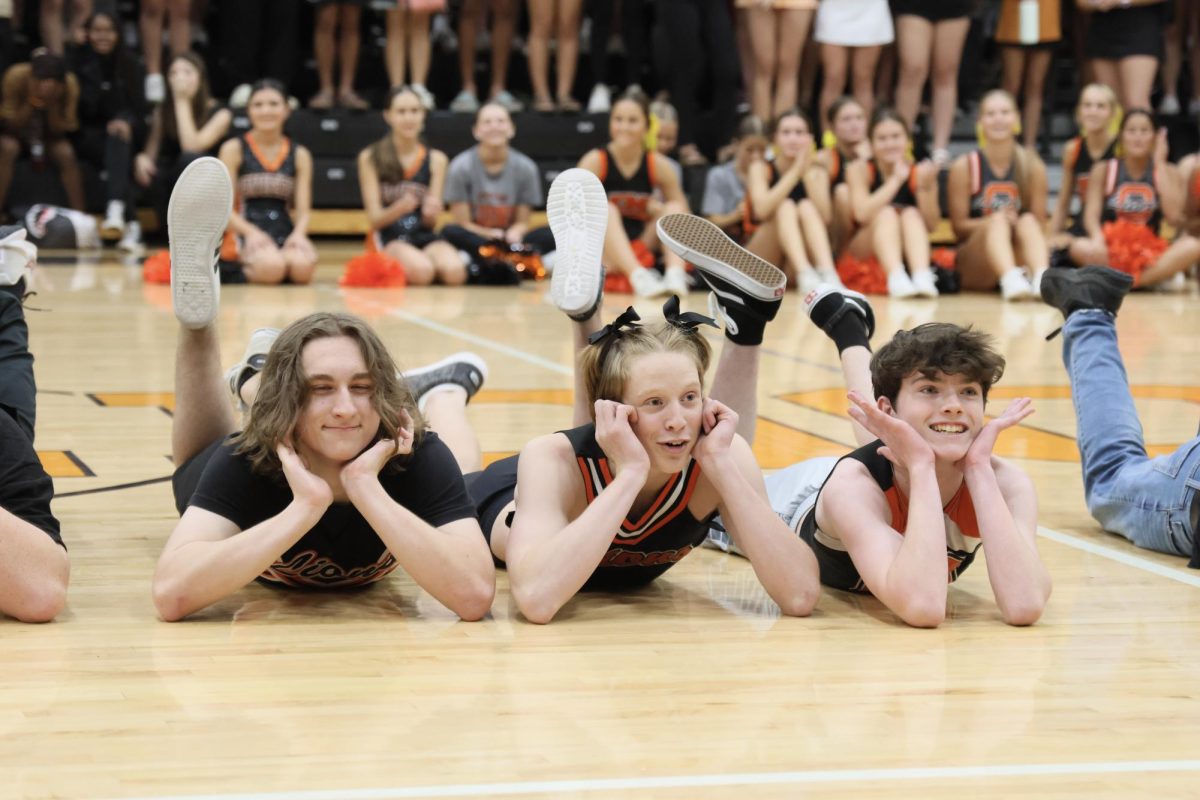
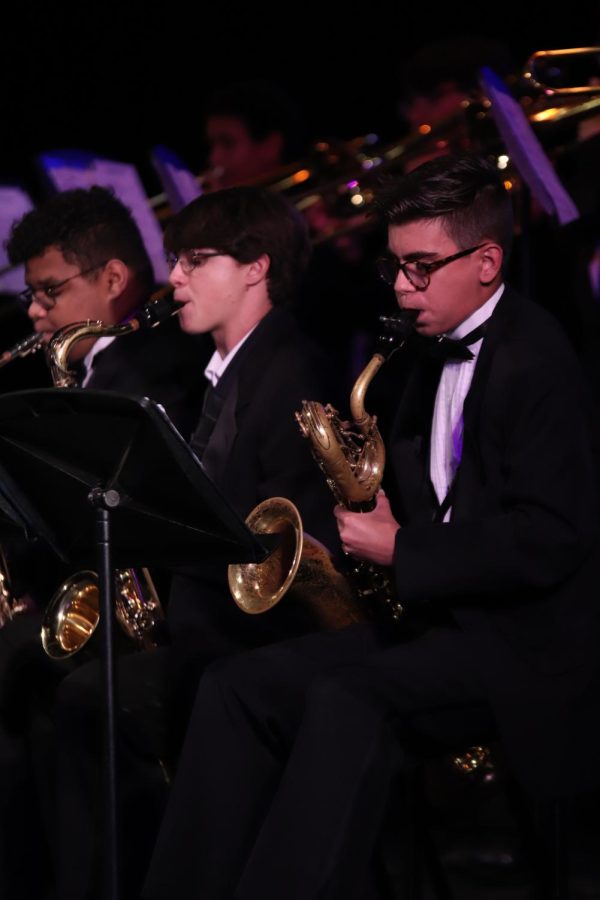
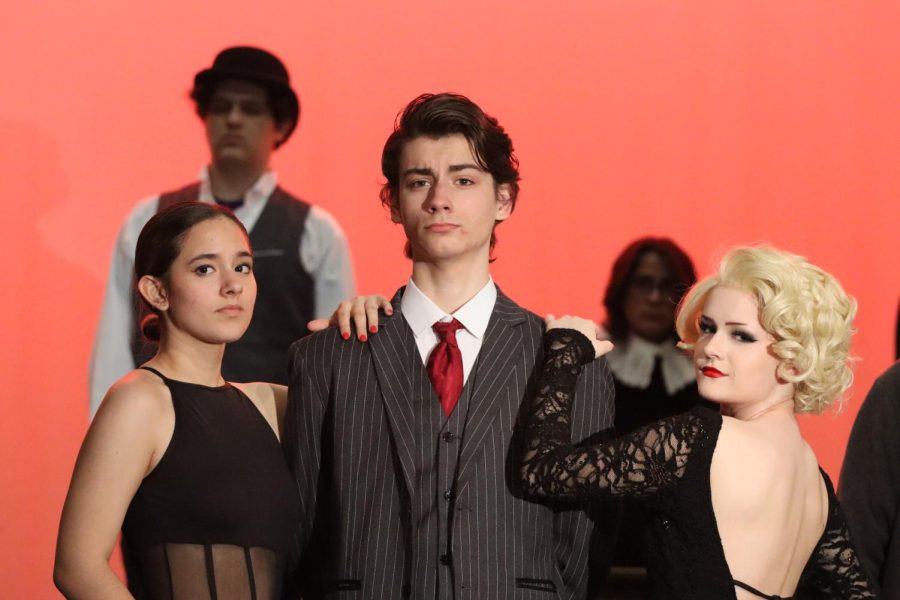
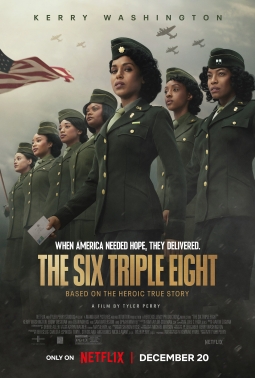

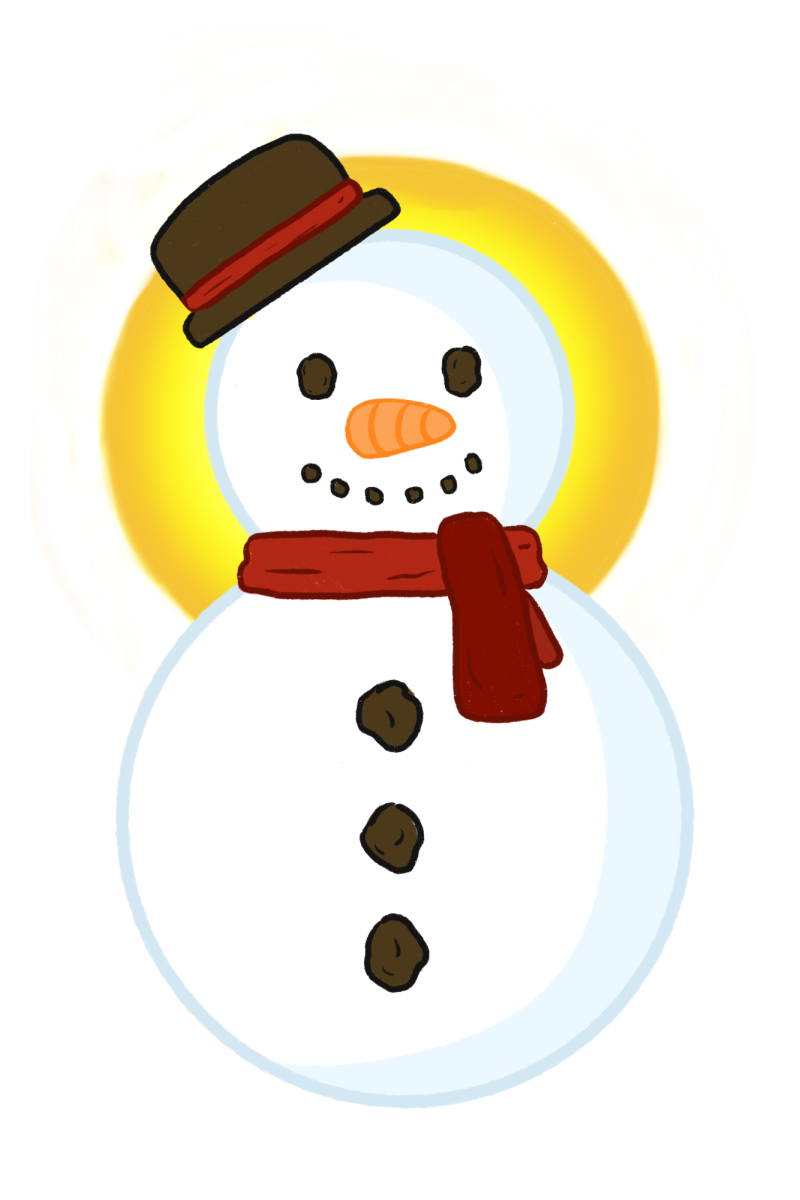


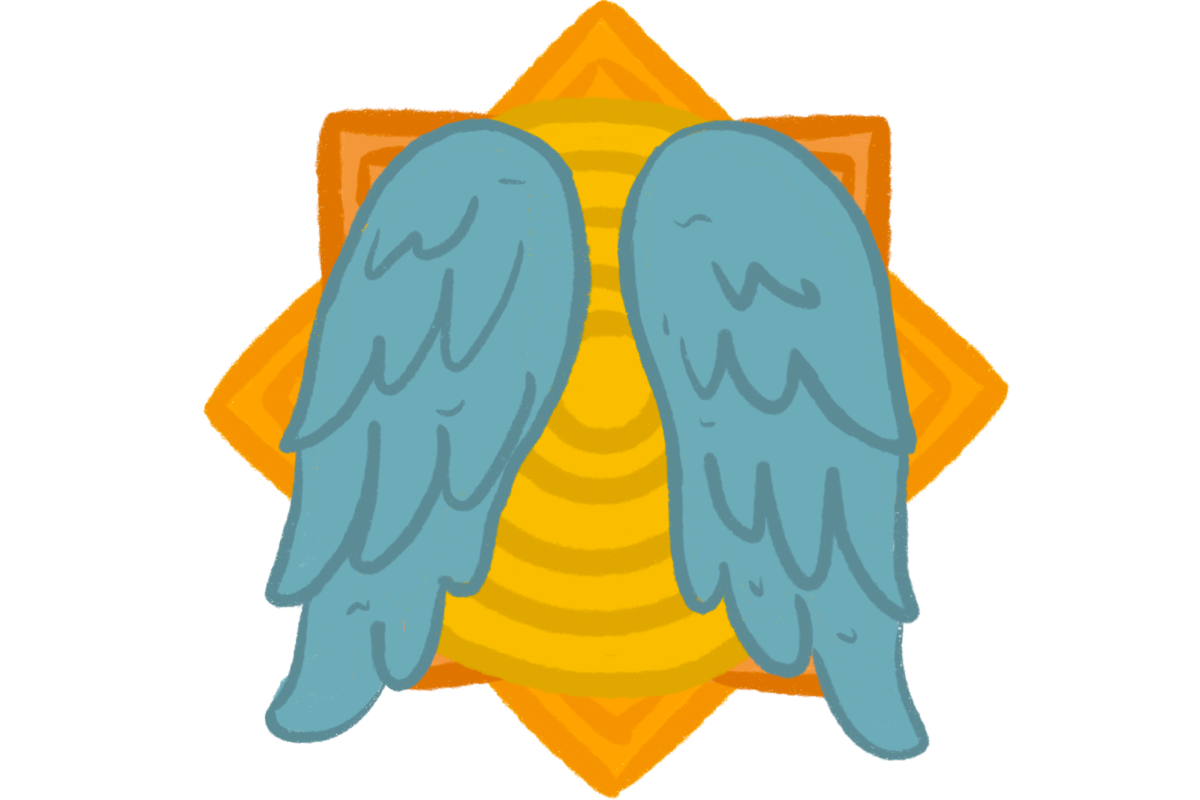
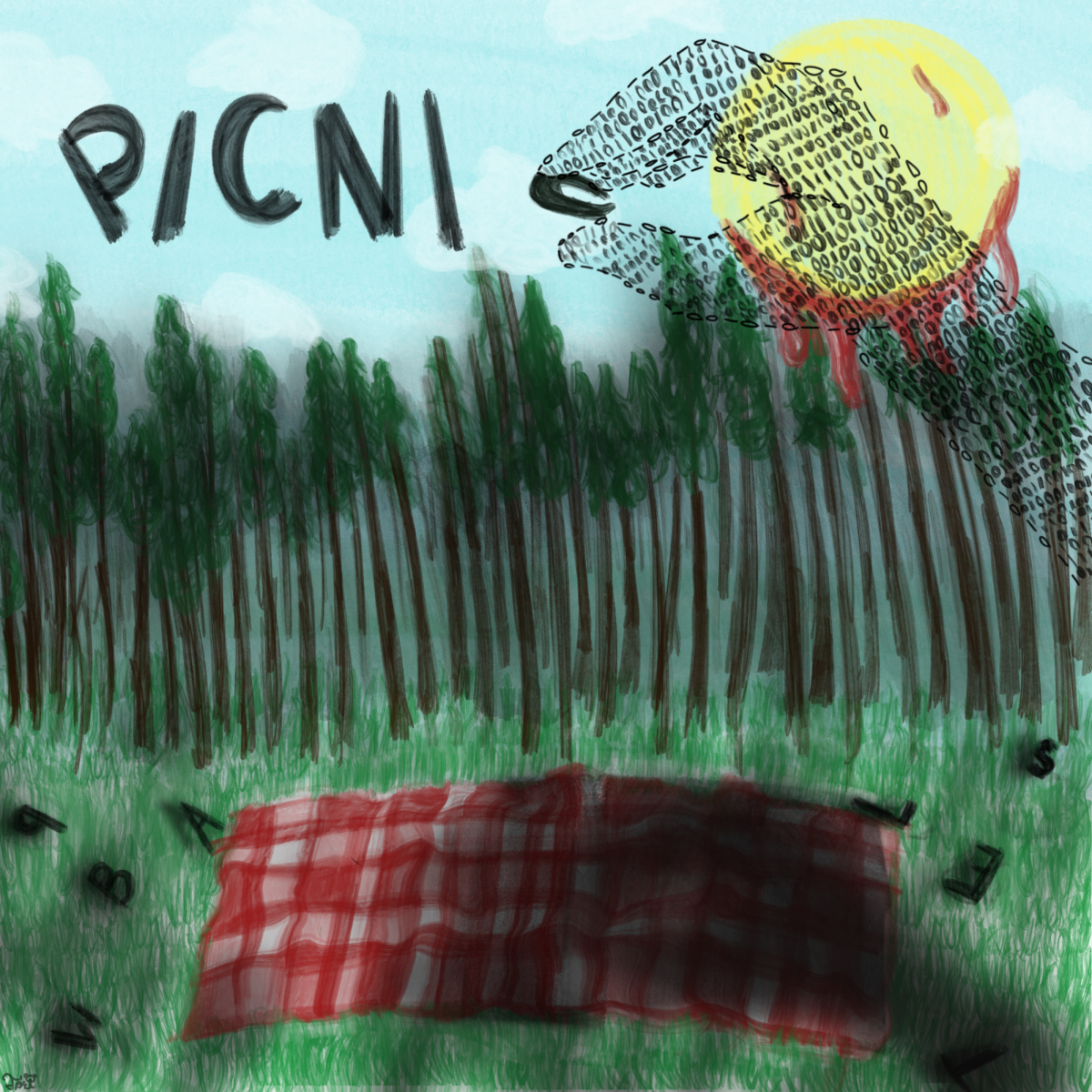
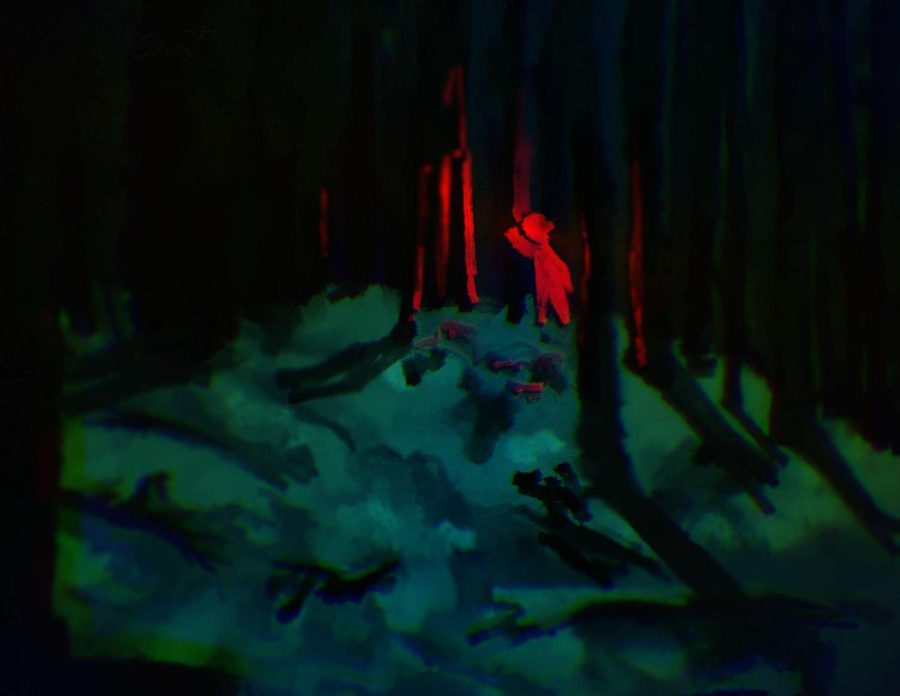
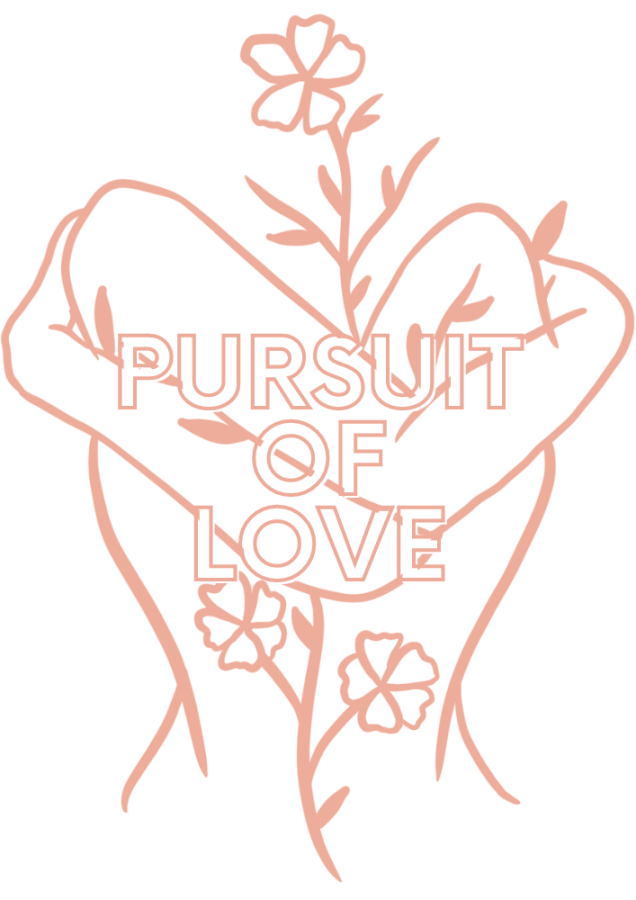
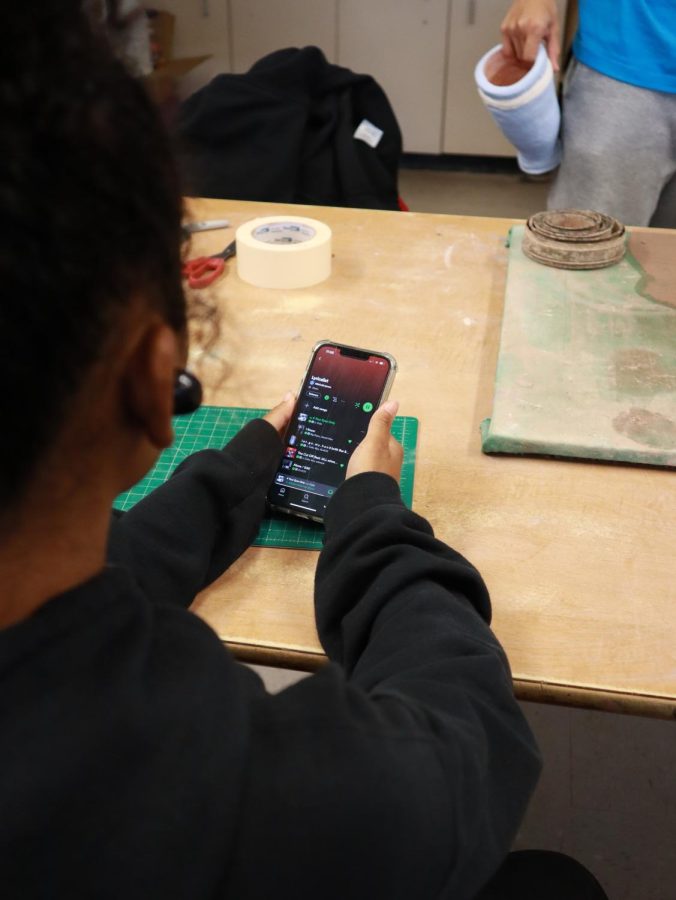



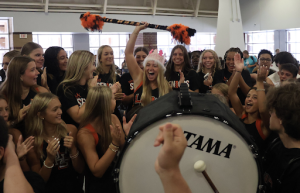

Dominique Moise • Mar 3, 2023 at 4:08 PM
Loved this article 🙂
Haley West • Jan 13, 2023 at 8:52 PM
I understand both sides in this argument, however, I don’t think that people listening to certain songs or genres to “achieve certain results on their Spotify wrapped” is that much of a bad thing. If they want to listen to a song or genre that much, even if it’s to impact their Spotify Wrapped, it doesn’t really affect anything for other people and they must like what they’re listening to if they’re able to listen to it on repeat.
Music is a personal preference and if someone chooses to listen to a certain song or genre, despite their intentions, I don’t think it matters that much.
Tori Baer • Jan 13, 2023 at 6:15 PM
Audrey! I love Spotify Wrapped, and I always watch it every year. I think the points you made about the obscurity is something I never thought about. And like usual, your vocabulary is on point!
Anya Boga • Jan 13, 2023 at 2:18 PM
Everyone is always eager to see their Spotify Wrapped at the end of the year. There is much discussion that surrounds the topic, but with that, also comes disagreements.
Alyssa • Jan 13, 2023 at 2:17 PM
I think that Spotify “wrapped” is good because it can introduce you to new artists.
Anya Boga • Jan 13, 2023 at 2:16 PM
Every year everyone is always eager to see their Spotify Wrapped for the year. There is much discussion surrounding the topic and can definitely cause conflicts.
Shea Stacey • Jan 13, 2023 at 2:15 PM
like the contrasting ideas of negative and positive aspects
Karliana • Jan 13, 2023 at 2:10 PM
I love music and i think it had a good impact.
Lindsay M Korman • Jan 13, 2023 at 2:10 PM
I totally agree
Haley Kissane • Jan 13, 2023 at 2:09 PM
I really liked how this put Spotify Wrapped in a different light, and allowed me to have a different perspective.
nora markeci • Jan 13, 2023 at 2:09 PM
i think that music doesn’t have any bad impact whatsoever